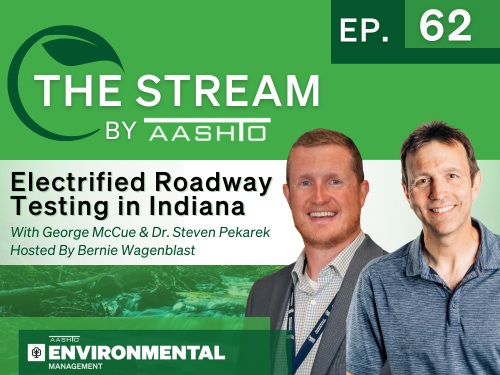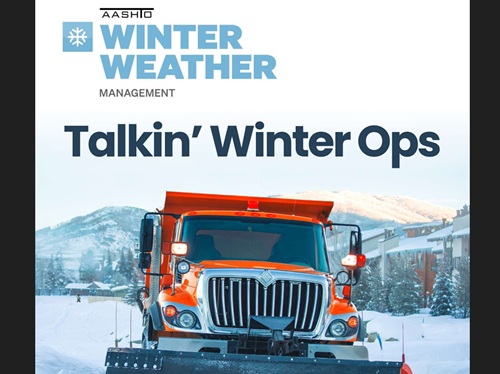The American Association of State Highway and Transportation Officials recently provided feedback to the U.S. Department of Transportation on the agency’s draft of a national “deployment plan” for Vehicle-to-Everything or V2X technology issued in October 2023.
[Above image by USDOT]
AASHTO said in a letter to USDOT that its plan – officially entitled “Saving Lives with Connectivity: A Plan to Accelerate V2X Deployment” – is “well-structured and lays out a clear vision of what is to be accomplished with concrete goals and targets over the short term, medium term, and long term. This is what the transportation industry needed and we look forward to refining the plan with USDOT.”
AASHTO added that USDOT’s plan is “a substantial and essential first step to deploying technology that can save lives.”
The organization appreciated that, consistent with AASHTO’s Connected and Automated Vehicle or CAV policy principles, the plan includes a vision of and strategy for V2X that can be embraced by the public and private sectors, infrastructure owners, automakers, and technology and standards developers; a strategy for V2X applications to be interoperable, across jurisdictions and makes and models of vehicles; establishes specific strategies to assure data security; and provides clear “day-one applications” that demonstrate the benefits of investing V2X technology.
However, AASHTO also stressed that there are “many details, technical and policy wise, that need to be worked out” to successfully deploy V2X technologies. While USDOT’s V2X deployment plan offers “a good start,” the organization emphasized several key areas need to be addressed:
- To realize the benefits of connectivity, V2X technology must be affordable for all state and local entities. Therefore, dedicated funding for V2X infrastructure is necessary to scale and deploy V2X technology.
- Strong USDOT leadership – along with “consistent, sustained, and synergistic policies across the modes” – will be critical to making V2X deployment a reality.
- Automaker commitment to deploy V2X technologies needs to mirror their commitment to build and deploy electric vehicles.
- Industry stakeholders must work to finalize standards that will make V2X usable and interoperable.
“AASHTO greatly appreciates the opportunity to provide these comments on the draft V2X deployment plan,” the organization added. “We look forward to working with our partners at USDOT as they develop this plan to move our industry forward.”
 Nation
Nation
The Stream by AASHTO: Electrified Roadway Testing
December 5, 2025 Nation
Nation

